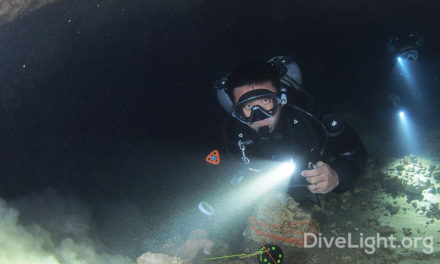Dive lights from China come at a great price point. Boasting many of the same features as known, reputable brands of dive lights, Chinese dive lights often seem like a great way to circumvent the mainstream in an affordable way while still getting the product quality you desire. There are, however, a couple issues with dive lights produced in China. Although plenty of reputable manufacturers use factories in China for production, for the purpose of this article, we’re looking at the seemingly too-good-to-be-true price points you’ll find on ‘deal’ sites. The former uses stringent quality control measures to create top notch products; the latter mass produce lights in the cheapest way possible, relying on shoddy engineering and parts that simply don’t stand up to regular use.
The price of Chinese dive lights is certainly attractive, but you need to consider what you’re giving up. The real differences are in the details. Chinese lights tend to be heavier. The structural integrity of simple operating features like button and switches is not as sturdy. They commonly have weaker batteries. Some models may ship without batteries or a charger, which then have to be purchased separately.
The strength of the light in a Chinese dive light initially is great, however you’ll notice that it dims faster than non-Chinese varieties. Chinese lights can be found at a low cost, however maintaining the light will drive the cost up quickly over time. For example, it is relatively easy to find a 3 bulb LED setup for under $30, but with batteries at around $20 for a set of two, you may end up spending more in battery renewal over the course of several years than you would if you chose a top-of-the-line light with superior battery function.
In sum, experienced (especially professional) divers will likely want to stay true to what they know. A Chinese model is typically not as reliable as the tried and true brands like Scubapro or Tovatec. A Chinese dive light will best be used as a secondary light. A diver opting for a Chinese model as their primary dive light will probably get frustrated quickly. For consistent quality and performance, consider it wise to go a more traditional route.




